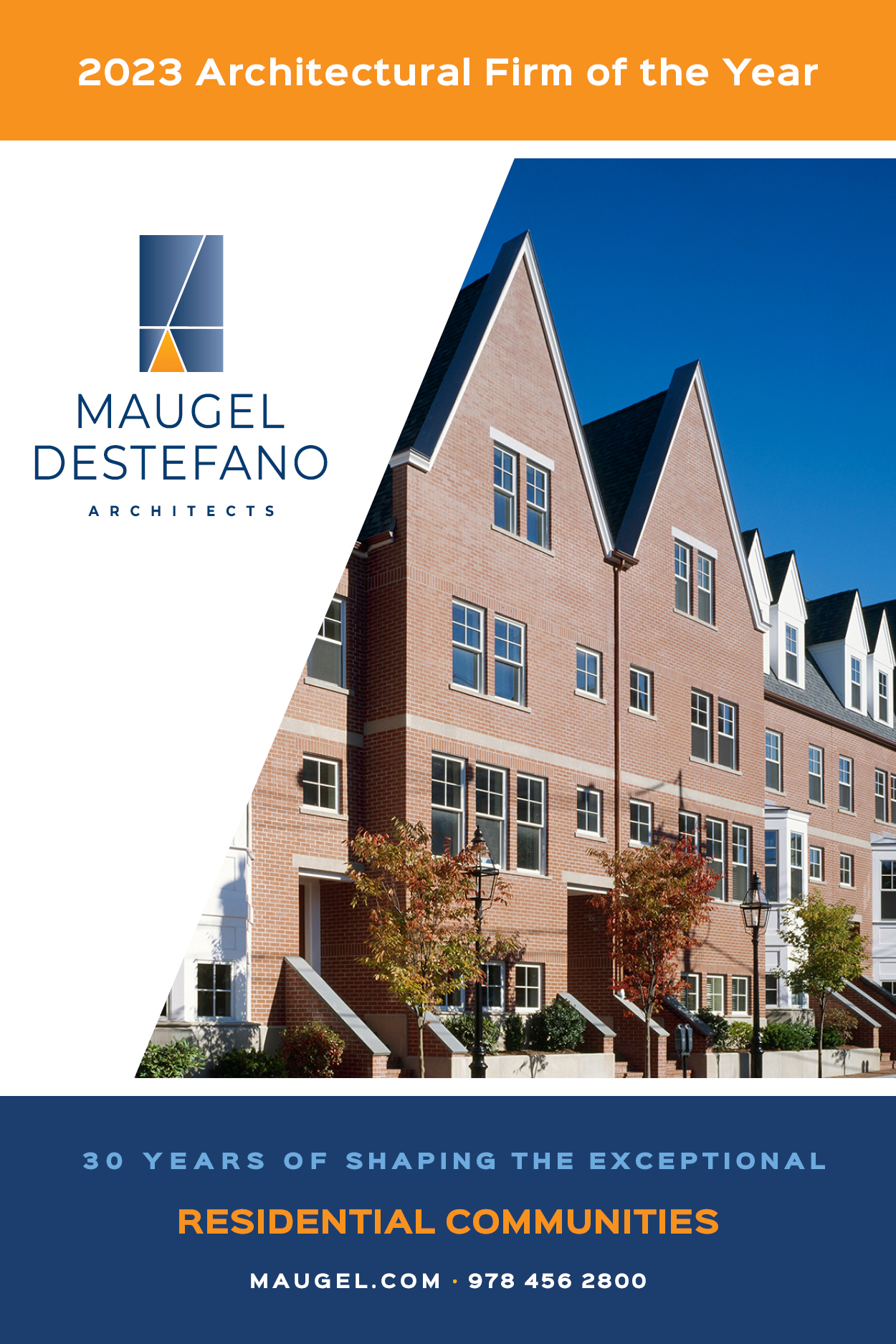By Dan Danvers
Life science innovation districts are becoming increasingly popular as hubs for research and development in the biotech and pharmaceutical industries.
Characterized by clusters of companies, research institutions, supporting organizations, living areas, amenities, and offices all within close proximity, these districts require highly specialized planning and design to maximize scientific exploration on an ambitious scale.
Experienced development teams bring a nuanced understanding of the unique drivers and enablers of innovation, collaboration, and productivity — qualities that define a successful district.
Widely recognized innovation districts such as North Carolina’s Research Triangle Park, Kendall Square in Cambridge, Massachusetts, and Mission Bay in San Francisco are apt examples.
These projects have proven the effectiveness of high-use density in a single district for encouraging cross-functional idea sharing, strengthening a sense of community, enhancing the quality of life, and streamlining development.
The following strategies, approaches, and considerations are vital for meeting ambitious innovation district objectives and achieving best-in-class standards.
Early Planning and Collaboration
Initiating master planning and engaging site civil engineering partners early in the process is essential to developing life science innovation districts that meet the highest standards.
Doing so ensures important planning and design conversations occur much sooner and provides additional time for the type of ideation that can result in progressive solutions that set an even higher bar.
This approach will also save time and money once the project reaches the design stage, thanks to proactive problem-solving and a speedier start.
Strategic Site Selection
Approaching site selection strategically is crucial to the long-term success of life science innovation districts. Developers must not only ask what they need on day one but also gain clarity on expectations for the future of the campus and how it will ultimately grow.
This exploration especially informs the scale of infrastructure needed, including roadways and employee parking, and will guide major expansion-related decisions, such as extending utilities to specific areas before they’re built.
The availability of utilities, in particular, can make or break a site proposed for a large innovation district – with water and sewer, fire suppression/emergency systems, and power the three most important to analyze during site selection.
According to Charlie Yowell, my colleague, and principal of Bohler’s Raleigh office, examining site factors like these is how flexibility for innovation district projects is assured.
“Life science companies often require specialized facilities,” said Yowell, “and each building must be planned to allow for modifications and upgrades as needs evolve. In other words, upfront analysis is essential for enabling resiliency and agility as you move forward.”
Zoning and Community Impact Considerations
A mix of land uses, including laboratory space, offices, and housing, are common requirements of innovation districts. Therefore, assessing suitability with the surrounding land and its intended uses should be prioritized. Zoning regulations and permits must also be flexible enough to align with project plans while maintaining community safety and compatibility.
Overall, designing innovation districts with the community and environment in mind is crucial for success both initially and over time.
Sustainable, energy-efficient buildings, green spaces with integrated stormwater, walkability, and multi-modal transportation options not only demonstrate environmental responsibility but also facilitate a deeper connection between the campus and its residents.
Without engaging the local community and forming strong partnerships with local businesses, universities, and government agencies, it’s challenging to meet the needs of all stakeholders and fully realize the economic opportunities that go hand-in-hand with innovation district projects.
Our experience shows early collaboration with the community and jurisdiction results in the most positive outcomes and public perceptions, which, in turn, streamline the process by minimizing objections and delays.
Site Planning and Design
Building location and grading, parking and driveways, and amenity areas are all site planning and design considerations worthy of special attention.
With the goal of creating a thoughtful, navigable, and friendly campus, find opportunities to promote well-being and productivity through spaces for people to gather and also spend time alone in thought.
Infrastructure planning and design is another contributor to the success of life science innovation districts.
Planning for water and sewer capabilities, waste management, and waste disposal are crucial for safety and municipalities may be concerned about the type of waste generated – especially if medicine or manufacturing elements are involved.
Analyzing water capacity for user-specific needs and being able to address emergencies is essential, as is consulting with local jurisdictions to ensure certain types of effluent can be accepted.
“Designing for phased progress in these districts can mean securing permits and utility plans well in advance in order to speed up the overall development process,” said Yowell. “It’s also wise to work with local experts familiar with your long-term plan. These individuals can help you slot time-saving strategies and designs into your project and avoid costly changes later.”
Seizing the Emerging Opportunity
As the demand for scientific advancements grows, investing in the development of well-planned life science innovation districts is a priority for propelling research, collaboration, and economic growth in these critical industries.
Yet dynamic and interconnected ecosystems – the hallmark of innovation districts – require a meticulous approach and extensive knowledge to unlock their full potential.
Thoughtful site planning and design, coupled with sustainable infrastructure development, result in vibrant environments where ideas flourish and both residents and the developers behind the projects thrive.
(Mr. Danvers, PLA, is a Project Manager, Bohler.)



















